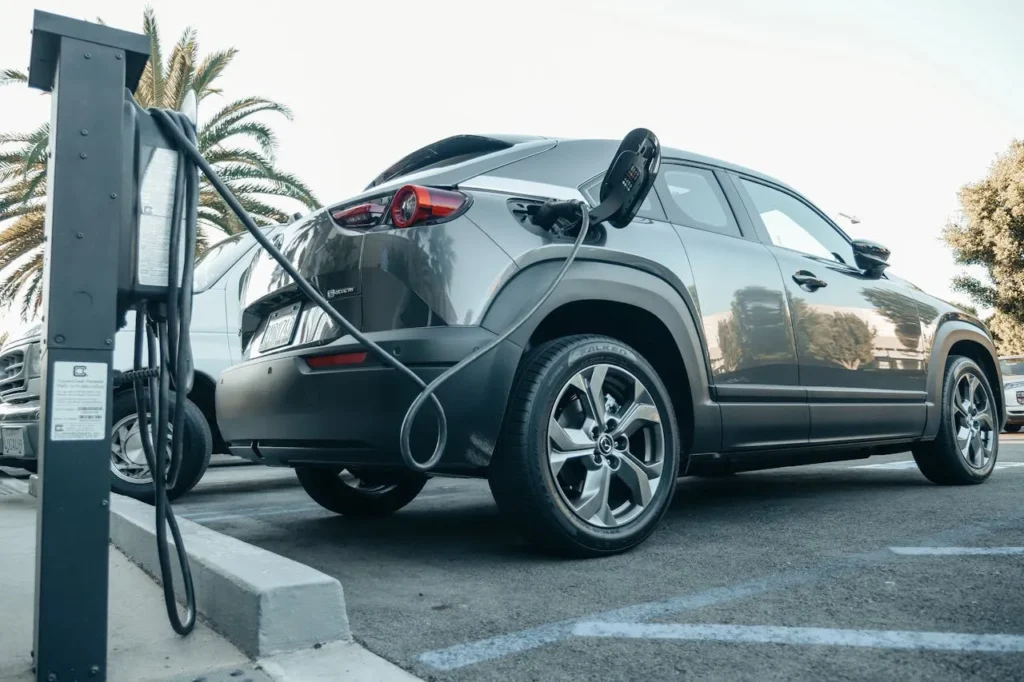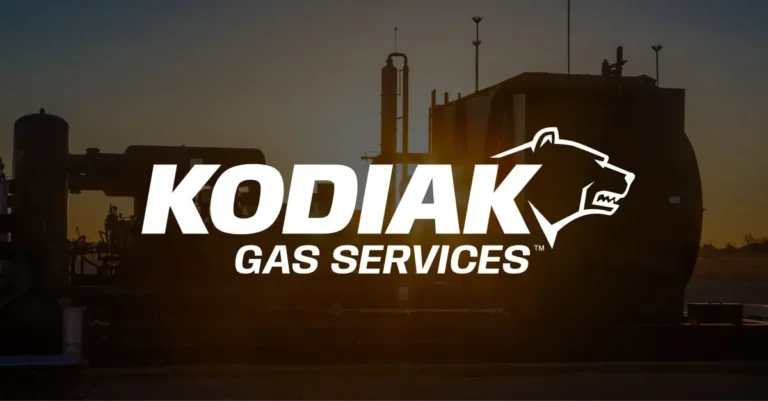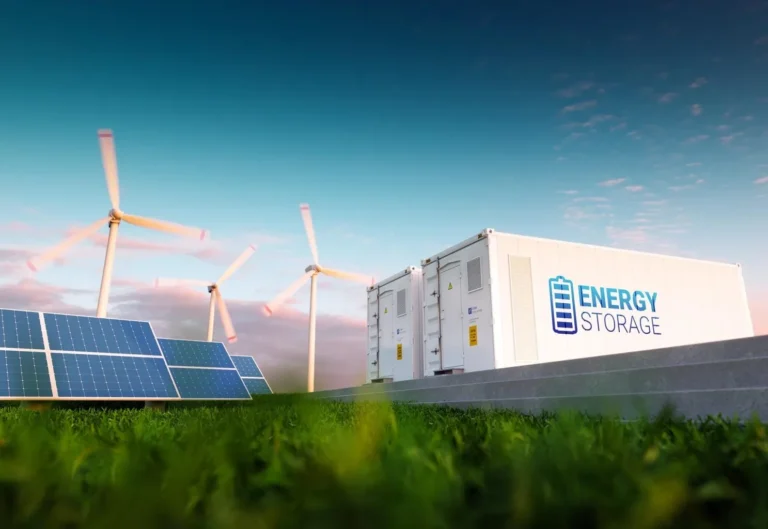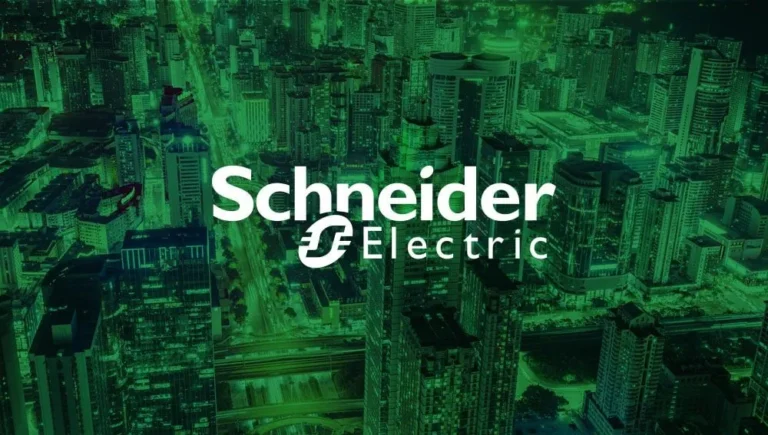
ChargeTronix Launches Cutting-Edge 1,280 kW Nexus Distributed Charging System and Advanced Third-Generation 240 kW EV Chargers for Fleets and Passenger Vehicles
In a major leap forward for the electric vehicle (EV) infrastructure industry, ChargeTronix, a U.S.-owned pioneer in EV charging solutions, has unveiled two of its most advanced charging products to date: the ultra-high-capacity 1,280 kW Nexus Distributed Charging System and its third-generation 240 kW DC fast chargers. These new systems are engineered specifically to meet the growing demands of the rapidly electrifying transportation sector—serving both heavy-duty fleet operators and individual EV users alike.
As the United States witnesses accelerated EV adoption—driven by government incentives, stricter emissions regulations, and increasing market readiness—charging infrastructure is under pressure to evolve just as quickly. ChargeTronix’s new offerings are aimed squarely at alleviating this pressure by improving the accessibility, reliability, speed, and intelligence of EV charging infrastructure.
A Game-Changer for Fleets: The 1,280 kW Nexus Distributed Charging System
The centerpiece of ChargeTronix’s announcement is its Nexus Distributed Charging System, which delivers a staggering 1,280 kilowatts of power. Positioned as the fastest and most flexible EV charger on the market today, the Nexus is designed with large commercial fleets in mind—particularly those operating Class 6 through Class 8 trucks.
With the ability to power up to 16 outputs simultaneously, the Nexus system allows operators to tailor their charging strategies according to operational needs. Whether it’s rapid charging during short turnarounds or optimized energy distribution during vehicle downtimes, the system adapts dynamically to deliver maximum utility.
One of the most compelling features of the Nexus system is its ability to charge large commercial vehicles up to 80% in just 30 minutes. This is a critical advantage for logistics providers and fleet operators who cannot afford extensive vehicle downtime. With public and private fleets under increasing pressure to transition to cleaner alternatives, this kind of rapid turnaround will be essential for maintaining service levels.
The modular design of the Nexus system also supports scalability—allowing for incremental expansion as fleet size grows or as energy requirements increase. The centralized power cabinet ensures high efficiency while minimizing physical footprint, an increasingly important consideration for urban depots and space-constrained facilities.
The Third-Generation 240 kW Charger: Flexibility for Fleets and Individual Drivers
Complementing the Nexus system is ChargeTronix’s new third-generation 240 kW charger, designed for both passenger vehicles and commercial EVs. As vehicle battery technology continues to evolve, the demand for high-powered yet versatile charging units is skyrocketing. The new ChargeTronix charger directly addresses this need.
This generation of chargers introduces a number of significant hardware and software upgrades. A 50% larger screen improves user experience and ensures ADA compliance, reflecting the company’s commitment to inclusive and accessible technology. The interface has been optimized for visibility and intuitive navigation, enabling easier use by drivers of all experience levels.
The new chargers are also equipped with intelligent power distribution technology, which automatically adjusts the power delivery across multiple charging connectors. This makes the chargers highly efficient in environments where multiple vehicles may need to charge simultaneously—a common scenario at fleet depots, rest stops, and EV charging stations.
Enhanced safety is another major focus. The chargers incorporate flood and smoke detection systems that provide real-time alerts and automatic shutoffs if hazardous conditions are detected. These features help mitigate the risks posed by environmental exposure and ensure reliable, long-term operation even in challenging conditions.

In terms of performance, the 240 kW charger can fully charge a light-duty or medium-duty electric vehicle in approximately 20 minutes, while larger commercial vehicles can be brought to full charge in around an hour. This rapid recharge capability significantly improves vehicle turnaround times, making EV adoption more practical for both logistics providers and everyday commuters.
Industry Impact: Addressing Infrastructure Bottlenecks as EV Adoption Grows
ChargeTronix’s launch comes at a pivotal moment for the EV industry. According to industry analysts, over 15,000 electric trucks were added to the U.S. market in 2024 alone—a number expected to double within the next two years. However, this rapid growth has exposed gaps in the supporting infrastructure, particularly when it comes to high-power charging options for commercial vehicles.
“The transition to electrified fleets is inevitable,” said Xavier Landavazo, CEO of ChargeTronix, during the product unveiling. “With more than 15,000 electric trucks added to the U.S. in 2024 alone, ensuring that the infrastructure to support fleets during this transition and beyond will be critical to addressing bottom lines and minimizing downtime.”
Landavazo emphasized that the company’s new offerings represent a shift from reactive infrastructure planning to proactive support of large-scale EV deployments. “Our latest product suites are paving the way for a deployment that meets the highest standards of performance, compliance, and reliability,” he added.
Indeed, ChargeTronix is positioning itself not just as a manufacturer of hardware, but as a strategic partner in the electrification journey. The company offers full-service support, including installation, grid integration consulting, software management platforms, and 24/7 maintenance services. This end-to-end approach is becoming increasingly valuable as charging infrastructure becomes more complex and mission-critical.
Real-World Demonstration: ACT Expo 2025 Showcase
Industry professionals will have the opportunity to view and interact with the new ChargeTronix products at the upcoming Advanced Clean Transportation (ACT) Expo 2025. The event, which will be held from April 28 to May 1 in Anaheim, California, is one of the largest and most influential clean transportation events in North America.
ChargeTronix will be exhibiting at booth #6921, where attendees can experience firsthand the capabilities of the Nexus Distributed Charging System and the new 240 kW chargers. The company will also offer live demonstrations and in-depth consultations with its engineering and product teams to answer questions related to installation, performance metrics, network integration, and long-term maintenance.
These demonstrations are expected to draw significant attention from both private fleet operators and public agencies as they evaluate infrastructure solutions for their growing EV fleets. The ACT Expo has historically served as a launchpad for transformative technology in the clean transportation space, and ChargeTronix’s announcement is likely to be among the most talked-about developments at the event.
Building the EV Charging Ecosystem
With the launch of these next-generation chargers, ChargeTronix is not merely responding to market demand—it’s shaping the future of EV charging technology. The company’s dual focus on high-capacity fleet charging and user-friendly public charging infrastructure ensures that it remains relevant across a broad spectrum of applications.
As the EV industry moves into its next phase of maturity, the focus will shift toward interoperability, smart grid integration, and sustainable energy sourcing. ChargeTronix’s products are already designed with these future needs in mind, featuring open communication protocols, grid balancing capabilities, and compatibility with renewable energy inputs.
In a sector often characterized by fragmentation and incompatible systems, ChargeTronix is making a compelling case for a unified, forward-thinking approach. By offering robust, scalable, and intelligent infrastructure solutions, the company is helping to lay the groundwork for an electrified transportation future that is not only possible—but increasingly inevitable.








